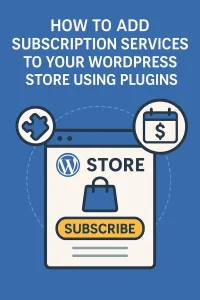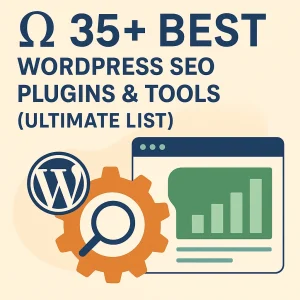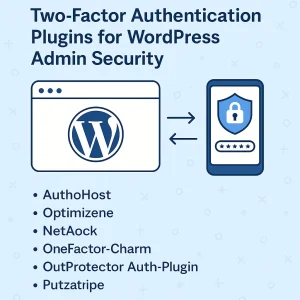
Blogging is the best way to regularly create new content on your website. But as it looks, most people set-up their website, and leave it as it is for years.
A big percentage of people procrastinate content creation, not really having an understanding or care about the benefits of blogging to promote their business.
Google has published the following stats:
- * About 50% of consumers who search on a mobile device visited that type store or business that same day
- *About 20% of consumers who perform a search for a local business make a purchase within a day
So, business owners should be doing everything it takes to rank higher in internet search results. Some of the most important other strategies include being active on social media and getting listed on local review sites.
The most important strategy it turns out is blogging for your business. People are looking for business that appear to be currently active, and who provide informative content concerning what they are interested in. Plus Google and perhaps other search engines too will likely give your web ranking results a boost due to providing fresh, relevant content.
This article will go into details about the various blogging techniques used to rank higher in search results.
read_more
A. Host your article blog on your business’ main domain
For optimal SEO benefits place your blog on your business’ domain. (such as “www.mywebsite.com/blog” or “blog.mywebsite.com”). Then if you are lucky enough to acquire inbound links to your blog, you gain links to your business’s main site. Since inbound links are a high ranking factor for websites, increasing the potential for inbound link activity is a good thing indeed. As your blog’s ranking increases, so does the overall net visibility of your website.
B. Use keywords, topics targeting your target audience
Keyword phrases have been, and will likely always be important for use, for each of your different website pages. But given the rise in usage of mobile phones, tablets and voice recognition technology, this type of technique is increasingly losing its touch. Consumers are likely going to be using natural language via their smart-phones more and more (think Cortana and Google Voice) to run web searches; for example, “Where is the nearest Italian restaurant?” Think about possible questions and search terms people may have, and focus on incorporating these phrases into your blog content. Long tail keywords are those three and four keyword phrases which are very specific to whatever you are selling. You see, whenever a customer uses a highly specific search phrase, they tend to be looking for exactly what they are actually intending to purchase.
C. Incorporate local neighborhood and city names where appropriate
Many local searches will incorporate your city name, but also be sure to include neighboring cities and towns; neighborhoods and unofficial terms locals may use.
D. Write about local events and issues
Writing about local news and events is great for SEO, and also provides a valuable service for your readers. Capitalize on the popularity of an upcoming fair, community event, election, etc. by covering it from the perspective of a local business owner.
E. Ensure your contact information is consistent
Wherever your business contact info is listed use a consistent format, for optimizing SEO; maintaining consistency between your website, your social media profiles, and your blog; including your contact page, about page, and site footers.
F. Frequently publish useful and interesting information
Perhaps one of the most common questions I get asked by local business owners is this: “What do I blog about?” They’re under the impression that they need to be writing posts about their business and products every day; and understandably, they fear that just won’t be very interesting (they’re right!). Online marketing strategist David Meerman Scott says it perfectly: “Stop talking about your products and services. People don’t care about products and services; they care about themselves.” Instead of writing about your business, aim to become a trusted source of industry information for your audience. This is how you gain valuable inbound links, search engine traffic, and traction on social media.
G. Use the appropriate schema markup for local business.
An example is: <div itemscope itemtype=”http://schema.org/LocalBusiness”> <span itemprop=”name”>4GoodHosting.com | R629 Enterprises Ltd.</span> <div itemprop=”address” itemscope itemtype=”http://schema.org/PostalAddress”> <span itemprop=”streetAddress”>404-999 Canada Place</span> <span itemprop=”addressLocality”>Vancouver</span> <span itemprop=”addressRegion”>BC</span> <span itemprop=”postalCode”>V6C 3E2</span> </div> <span itemprop=”telephone”>(866) 708-4678</span> </div> See: http://www.microdatagenerator.com/local-business-generators/ to help you define the appropriate schema for you
H. Understand your local audience
To develop content that is going to gain additional traction for your business, make your writing address the needs and concerns of your business audience. People will be seeking relevant information when they need it most. When they find your blog, they are also simultaneously finding the service or products presented on your website.
I. Using Proper Grammar and Spelling.
This is self-explanatory.
J. Does the Content Provide Value?
While it’s difficult for search engines to determine whether content provides value, it is ultimately, the only thing that matters for human readers. Value can be derived in a number of different ways, but the most common include:
- Does this content solve a problem?
- Does it answer a question?
- Does it provide entertainment?
- Does it make people laugh?
- Does it provide unique, expert insight?
Search engines want to only rank content that provides value for human readers. However, since search engines don’t have the ability to comprehend content like humans do, they rely on the rest of these signals to determine whether content provides value, and thus, whether it’s truly “quality.” Content that provides value tends to have the other elements in common.
Below are Google’s leaked Quality Rater Guidelines, concerning elements regarding quality:















